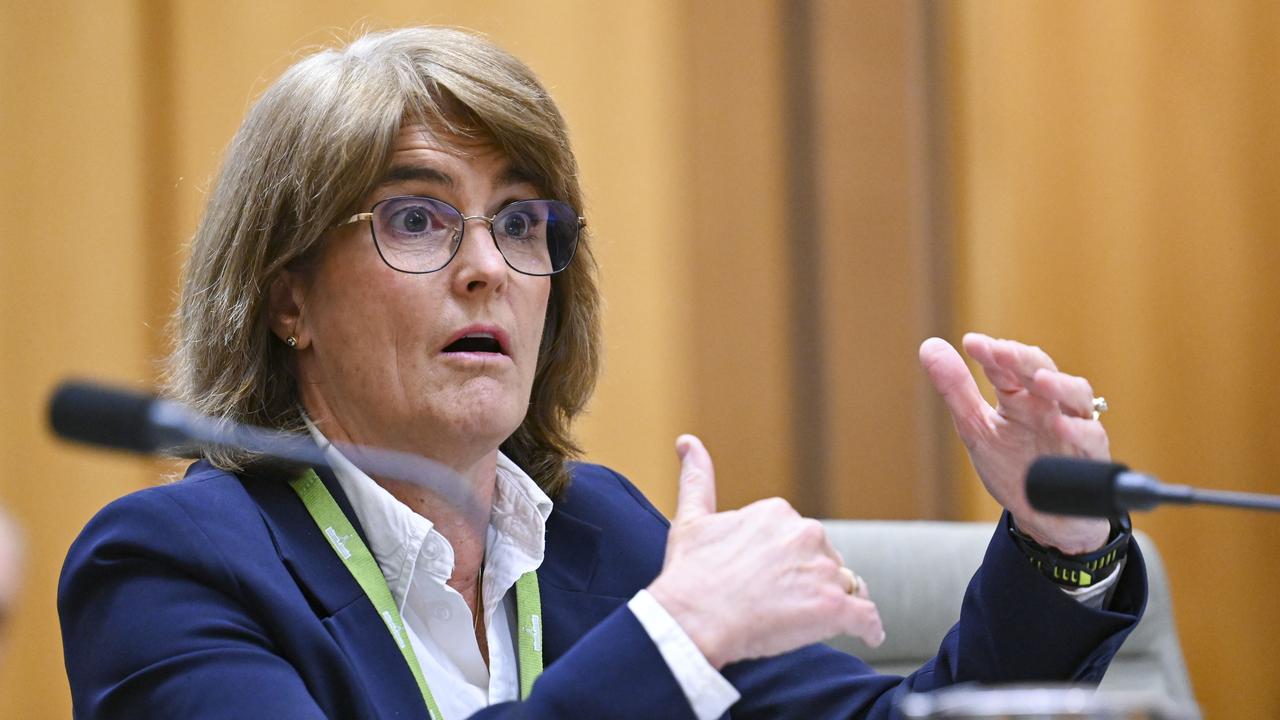The release of key jobs data will hand the RBA further evidence as to the true direction of the economy amid the ‘will they’ or ‘won’t they’ debate on cutting interest rates this year.
Along with the NAB business survey, the data will provide the Reserve Bank with greater insight into the direction of the Australian economy.
Against a backdrop where some central banks are starting to ease rates – hoping that the spectre of rampant inflation is now behind them – the RBA is taking a more cautious approach as it tests inflation, employment and confidence levels.
Some are fearing a rate rise could also be a possibility if the economy doesn’t show signs of slowing.
Unemployment levels remain a key indicator. On Thursday, jobs data for May is expected to show a 20,000 person gain in employment.
Unemployment is seen falling back slightly to 4 per cent from 4.1 per cent as the higher than normal number of people in April indicating that they were waiting to start in a job they had already found is unwound.
The recent rate cuts seen overseas will not influence the RBA to lower interest rates as Australia braces to be one of the last countries suffering from inflation to begin its descent.
Growth has slowed after an aggressive run of rate hikes over the past years with just 0.1 per cent growth in the March quarter.
Australia is expected to be one of the last countries to see rates drop with underlying inflation remaining high when stacked up.
The NAB business survey for May, released on Tuesday, will add to that picture and will be closely watched to see whether the downward trend in business conditions and cost and price indicators continues.
AMP chief economist Shane Oliver noted that RBA governor Michele Bullock recently reiterated that the central bank wasn’t ruling anything “in or out”, although indicated “more of a lean” towards hiking again than cutting at this point.
“The further slowing in the economy (is) indicating a further rebalancing in demand and supply, with growth close to stalling at 1.1 per cent year on year running below the RBA’s implied 1.3 per cent year-on-year forecast, lower than previously thought household saving buffers, easing growth in unit labour costs and the relatively benign Fair Work Commission wages decision all lean neutral to dovish on interest rates.
“They certainly don’t support another rate hike,” Mr Oliver said.
The Australian sharemarket is closed on Monday for a public holiday while eurozone shares fell 0.4 per cent on Friday. The US S&P 500 fell 0.1 per cent after stronger-than-expected May US payrolls data added to uncertainty about US interest rates.
Reflecting the negative US lead, ASX 200 futures fell 46 points, or 0.6 per cent, pointing to a weak start to trade for the Australian sharemarket when it reopens again on Tuesday, although there will be another day of US trading before then.

